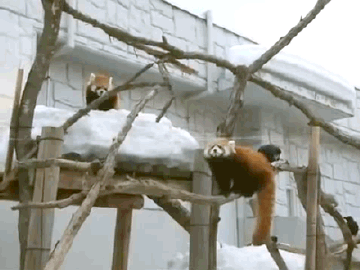This is me when I was a munchkin. TIME TRAVEL. If I went back, my past self from this picture probably wouldn't recognize my current self though.
We all know time travel is possible because we do it all the time. Right now I am slowly making my way into the future. Fascinating, eh? You can also get to the future by traveling close to the speed of light for a bit and then stopping again. Just ask the brilliant Brian Cox.
Traveling to the past, on the other hand, is a little different. Of course, Futurama says it's possible. It happens in Family Guy every other episode. Let's not forget about Doctor Who and a dozen other shows! Don't get me started on the books about time travel.
But until we figure out how to build the appropriate technology, it's going to be rather difficult to go back and chat with ourselves (paradox, anyone?), have coffee with our imagined idols (I don't drink coffee, but, Marie Curie would be my idol, or Carl Sagan or Douglas Adams), or kill Hitler. What we can do, however, is leave messages from our past selves to our future selves, reminding us who we were, what we were like, and what stupid things we did as youths.
We can also look at old drafts of old novels (cringe) and see where we started. This is an excellent self-esteem building exercise. "My books might not be perfect now, but look at what I used to write!"
Anyway, I have one of those for you today. Below is a scrap I dug out of my archives, the very first words written for The Wounded World. None of these words exist in the published version, but here they are in their full glory for your reading pleasure and my own mild embarassment.
If it's a rainy day where you are, I highly recommending digging through some old files and finding something you wrote years ago--a letter, an essay, a journal--and remember where you came from.
With no further ado... Wounded World -- Draft 1:
It was the mirror that did it. I had a broken piece of the world and as I twiddled it between my fingers it slipped and cut my finger and round spheres of blood flew into the earth like red rain. The mirror dripped too, but only two droplets, and they quickly disappeared amidst the shower fed by my veins. I made no sound, but watched; and soon, the dry grass and dusty red earth swallowed it up like a thirsty sponge and all I could see was a stain where my blood had pierced the ground. But my finger kept bleeding.
When I looked at the sky I noticed that the clouds had gobbled up the blue and the leaves on the trees were upside down, bowing in worship to the power of the wind. Somewhere I knew, though I couldn’t see where, ants scurried to build levies around the doors to their home. The air ached to spread its moisture on every living thing and every dead thing. I was still living.
Soon my hair clung to my face and my shirt, and my shirt clung to my back. Droplets of water streamed down my forehead and nose and into my eyes and mouth. I didn’t move, but held my finger higher and watched as the blood mixed with the water to make a bloody rain, a union of allied liquids, the ones that make life. A sprinkling of blood spattered my jeans, and the rain washed it into strange shapes and circles.
Then I saw the man. He was the one that pulled me from that world into this one. The reason he did so, was not because I was special, for I am not, nor because I was pretty, because I am not, nor because I was the only living creature around, for I wasn’t, but because I was bleeding. I grabbed the mirror piece before I left. I figured it could be useful. Or deadly.


















